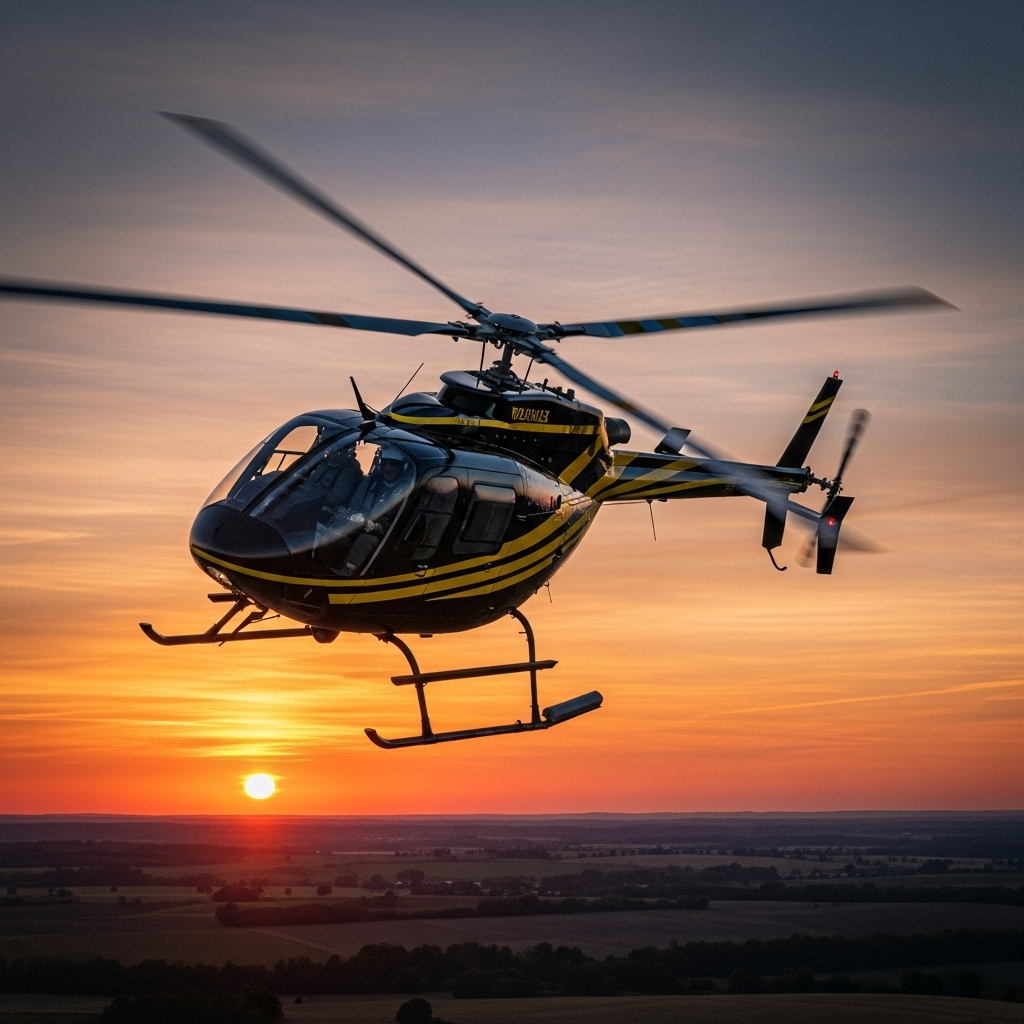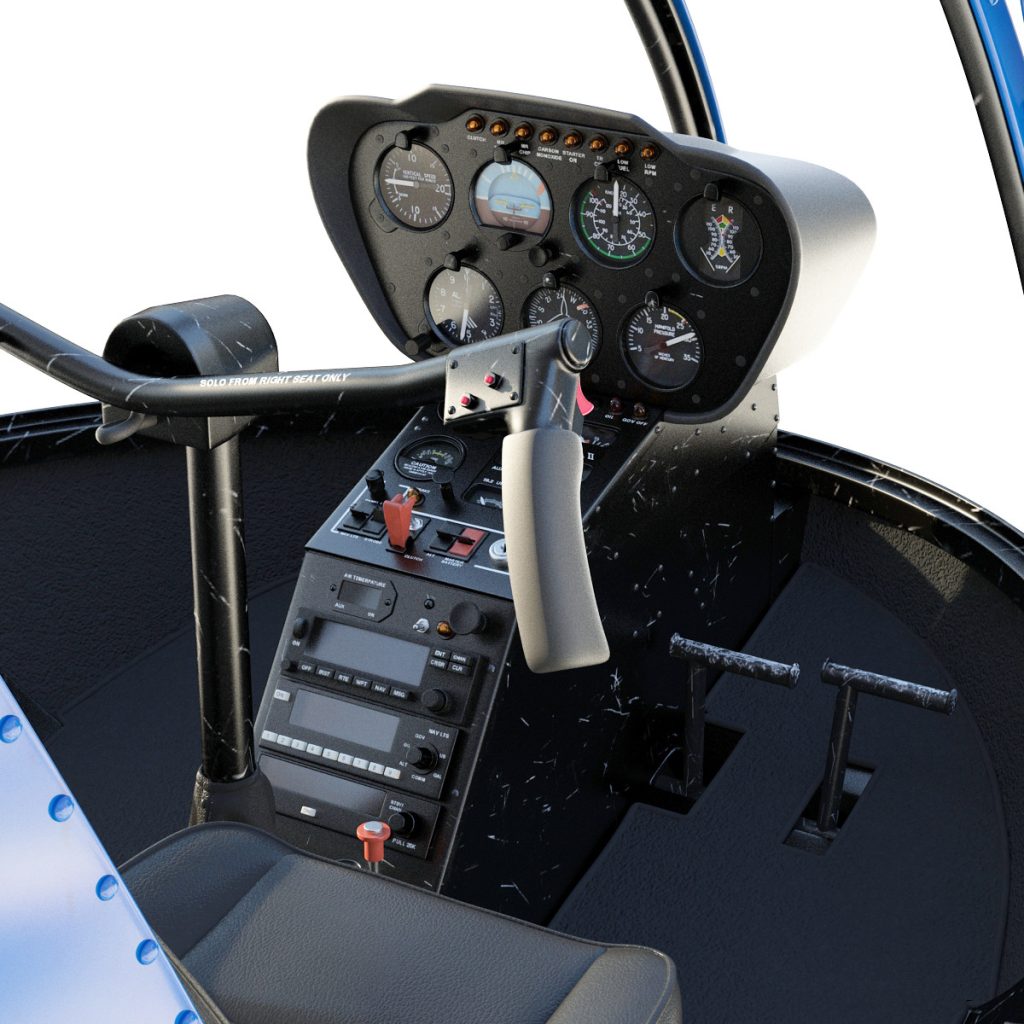As the aviation industry continues to evolve with technological advancements and enhanced safety protocols, the Federal Aviation Administration (FAA) regularly updates its regulations to ensure helicopter operations remain safe, efficient, and compliant. For helicopter pilots in 2025, staying informed about these regulatory changes is essential for maintaining certification validity, adhering to safety standards, and avoiding penalties. This article provides a comprehensive overview of the most significant FAA regulation updates for helicopter pilots in 2025, covering recent regulatory shifts, certification and training requirements, safety equipment mandates, and strategies for effective compliance.
Overview of Recent FAA Regulatory Changes Affecting Helicopter Operations in 2025
In 2025, the FAA has introduced a series of regulatory updates aimed at modernizing helicopter operations and enhancing safety. Notably, there has been an emphasis on integrating new technologies such as advanced avionics and collision avoidance systems into routine helicopter flights. Additionally, the FAA has revised rules related to flight operation authorizations, including new provisions for urban air mobility and drone integration, which impact helicopter pilots operating in increasingly complex airspace environments. The agency has also focused on streamlining certification processes for newer helicopter models and implementing measures to improve environmental standards, such as noise reduction and emissions controls, within operational regulations. These recent changes collectively aim to create a safer, more sustainable, and technologically advanced helicopter industry.
Key Updates to Pilot Certification and Training Requirements for 2025
For helicopter pilots, 2025 marks the implementation of enhanced certification and training standards designed to address emerging operational challenges. The FAA now mandates additional recurrent training focused on new avionics systems, automation management, and emergency procedures related to modern safety equipment. Furthermore, there is a greater emphasis on simulation-based training to better prepare pilots for complex scenarios, especially in urban and congested airspace. The minimum flight hours required for certain certifications have been adjusted to reflect the evolving skill set needed for contemporary helicopter operations. Additionally, the FAA has introduced new competency assessments that evaluate pilots’ proficiency in managing advanced navigation and communication systems, ensuring they are well-equipped to operate safely in increasingly sophisticated operational environments.
New Safety Standards and Equipment Mandates for Helicopter Flights in 2025
Safety remains a central focus of FAA updates in 2025, with new standards requiring helicopters to be equipped with state-of-the-art safety and navigation systems. Helicopter operators are now mandated to install collision avoidance technology, such as Automatic Dependent Surveillance–Broadcast (ADS-B) Out, to improve situational awareness and traffic management. Enhanced terrain awareness and warning systems (TAWS) are also required to reduce the risk of controlled flight into terrain incidents. Additionally, the FAA has issued mandates for the adoption of crash-resistant fuel systems and updated maintenance protocols to ensure aircraft integrity. These equipment mandates are designed to mitigate risks associated with modern operational environments, especially as helicopters increasingly operate in urban settings, at night, or in adverse weather conditions.
Implementation Timeline and Compliance Strategies for 2025 FAA Regulations
The FAA has outlined a phased approach for implementing these regulatory updates throughout 2025, providing operators and pilots with clear deadlines for compliance. Key deadlines include mandatory installation of certain safety equipment by mid-year, completion of updated training programs by the third quarter, and submission of compliance documentation to regulatory authorities. To ensure smooth adaptation, pilots and operators should begin reviewing new regulations promptly, update training curricula, and coordinate with maintenance providers for necessary equipment upgrades. Developing a compliance roadmap that aligns with FAA deadlines, maintaining detailed records of training and equipment installations, and engaging with certified training organizations will be critical strategies for meeting 2025 regulatory requirements efficiently and avoiding operational disruptions. Staying proactive in understanding and implementing these changes will help pilots maintain their certifications and uphold safety standards throughout the year.
Staying abreast of the FAA’s regulatory updates is vital for helicopter pilots navigating the dynamic landscape of 2025. By understanding recent changes, refining certification and training practices, adopting new safety standards, and planning for timely compliance, pilots can ensure they operate within legal frameworks while prioritizing safety. As the industry continues to advance, proactive engagement with these regulations will support sustainable and secure helicopter operations into the future.


